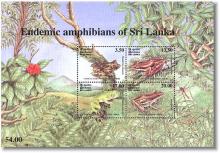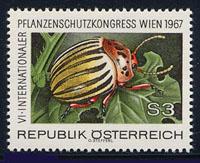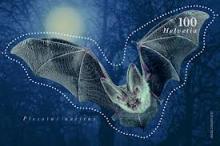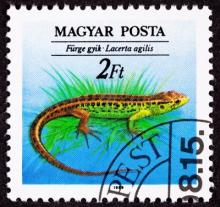Killing Bees: Are Government and Industry Responsible?
There is growing evidence that a new class of pesticides -- nerve toxins called neonicotinoids, which are used on most US crops including almost all corn -- may be toxic to bees. The Environmental Protection Agency allowed neonicotinoids on the market without adequate tests to determine their toxicity to bees. Environmentalists want neonicotinoids banned until needed safety tests are done. While the US government is slow to act and neonicotinoid sales reap billions for the chemical industry, bees continue to die. Earth Focus reports: http://www.linktv.org/video/8123/killing-bees-are-government-and-indust…









